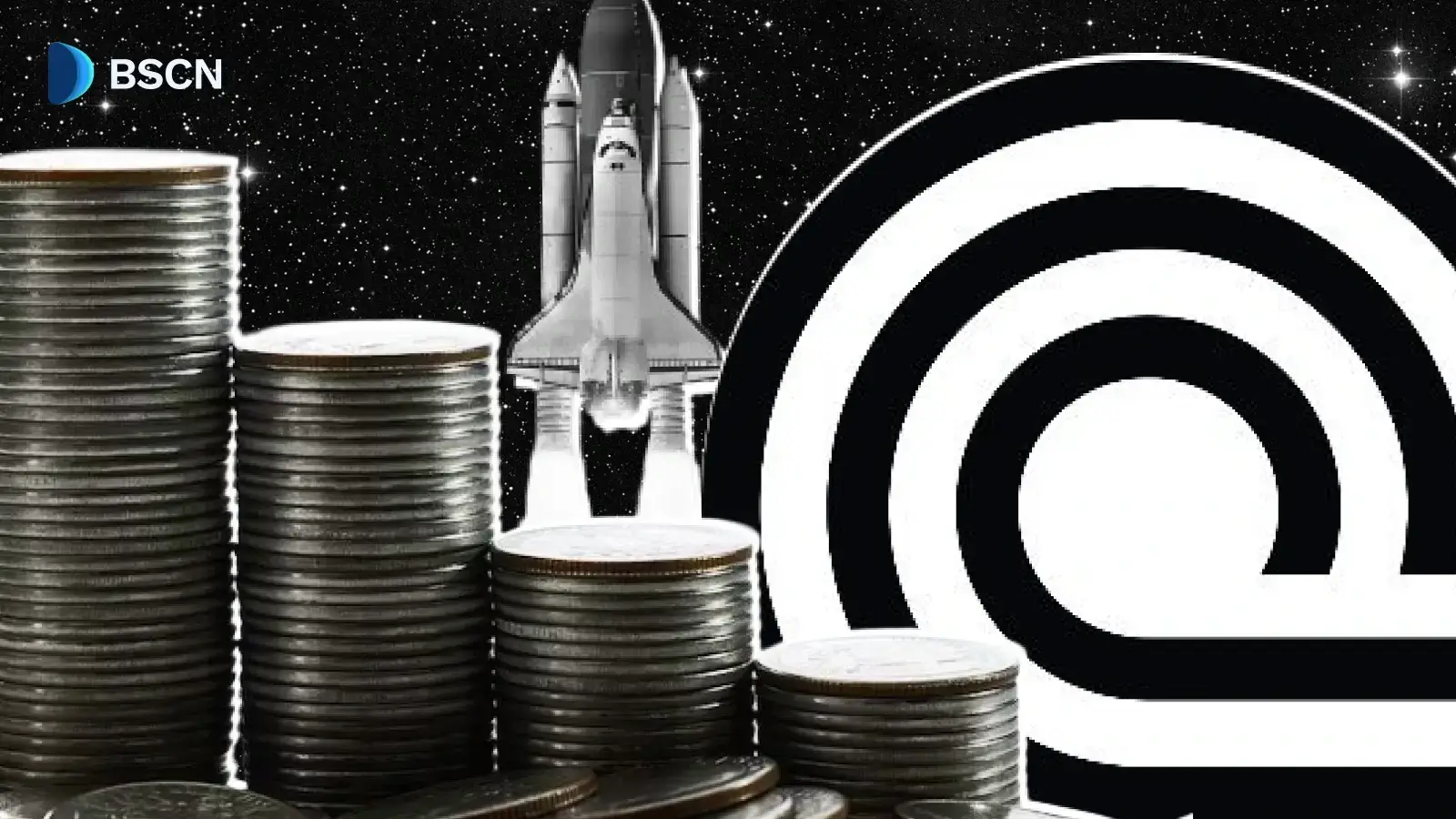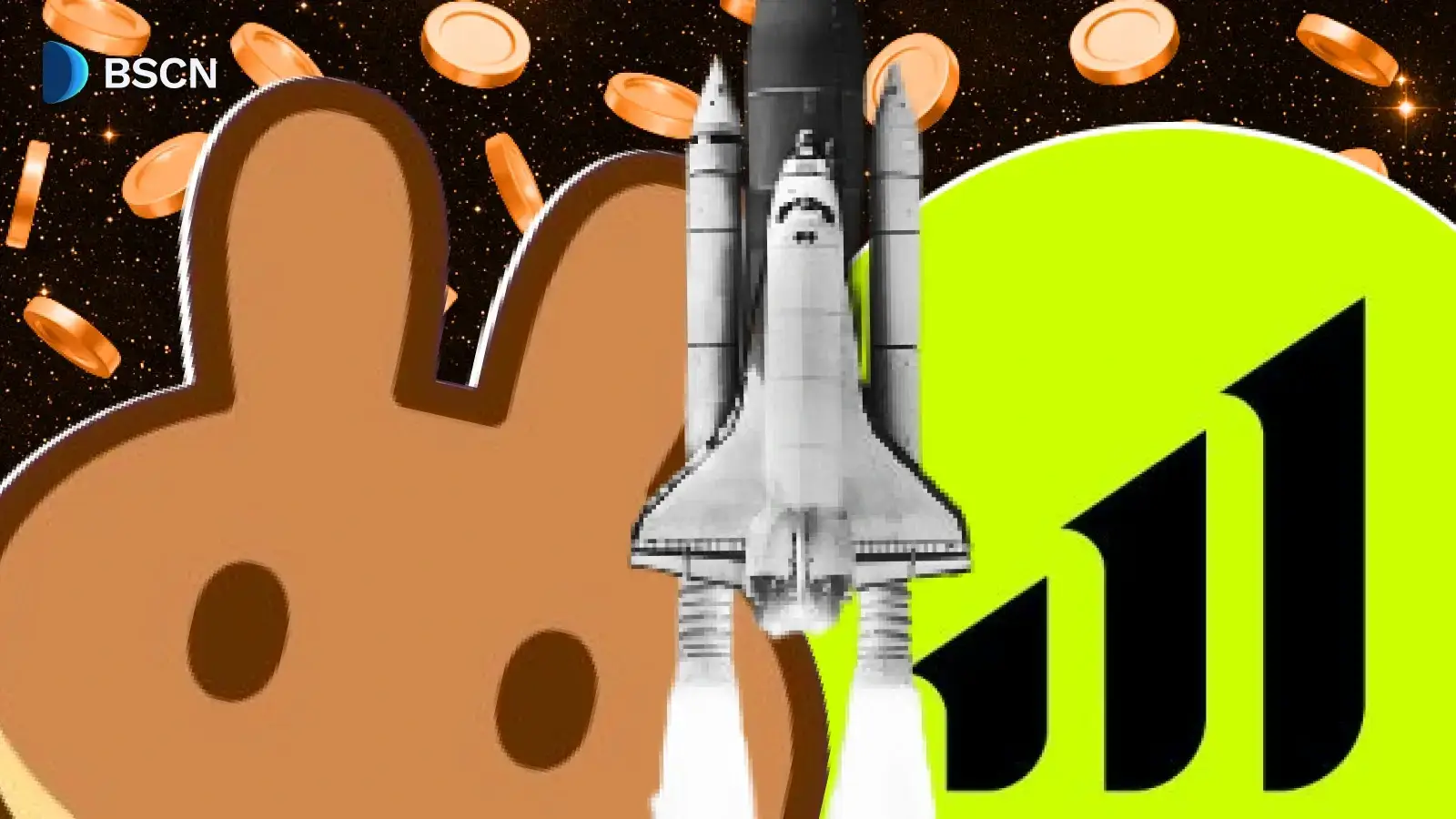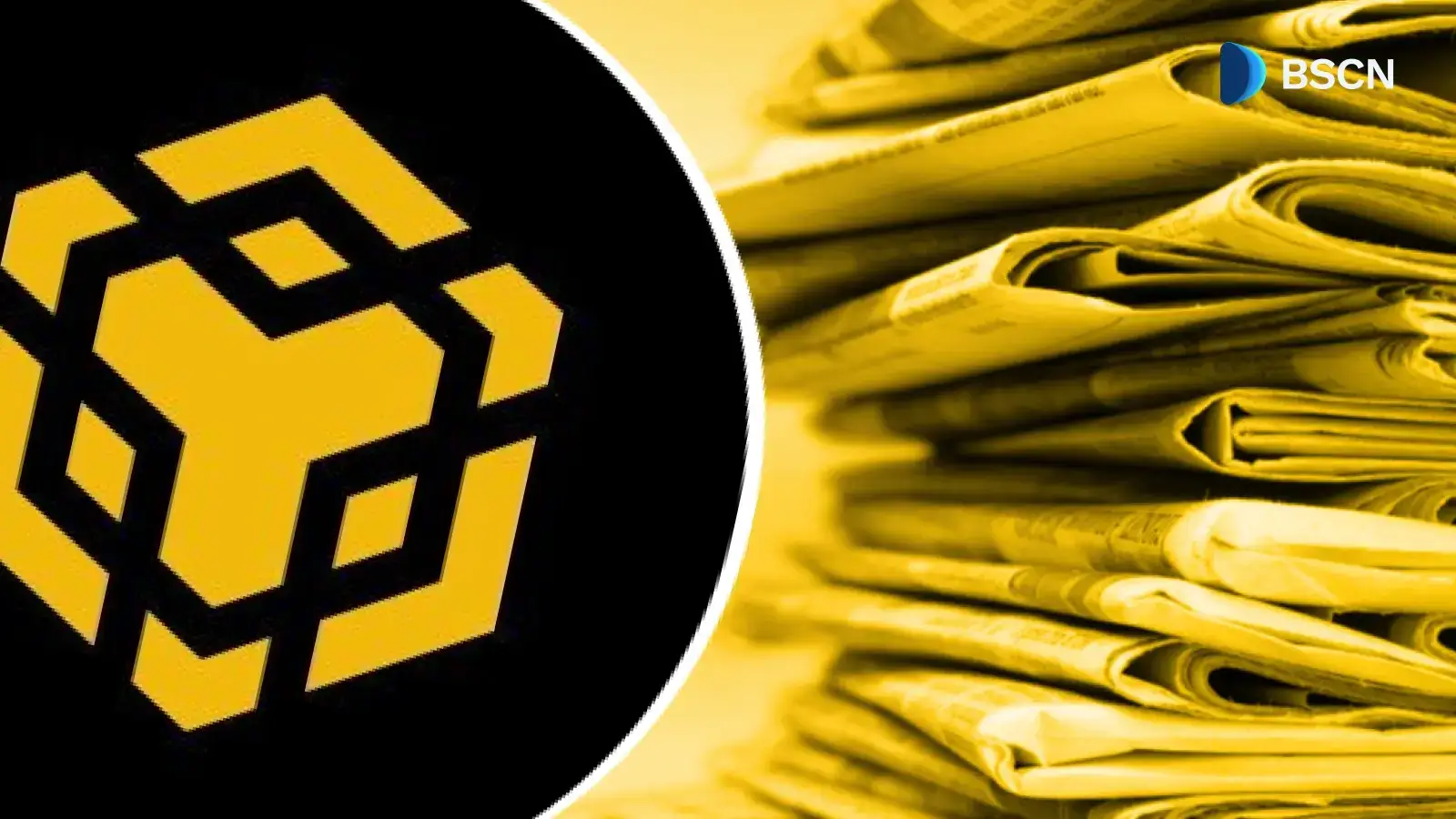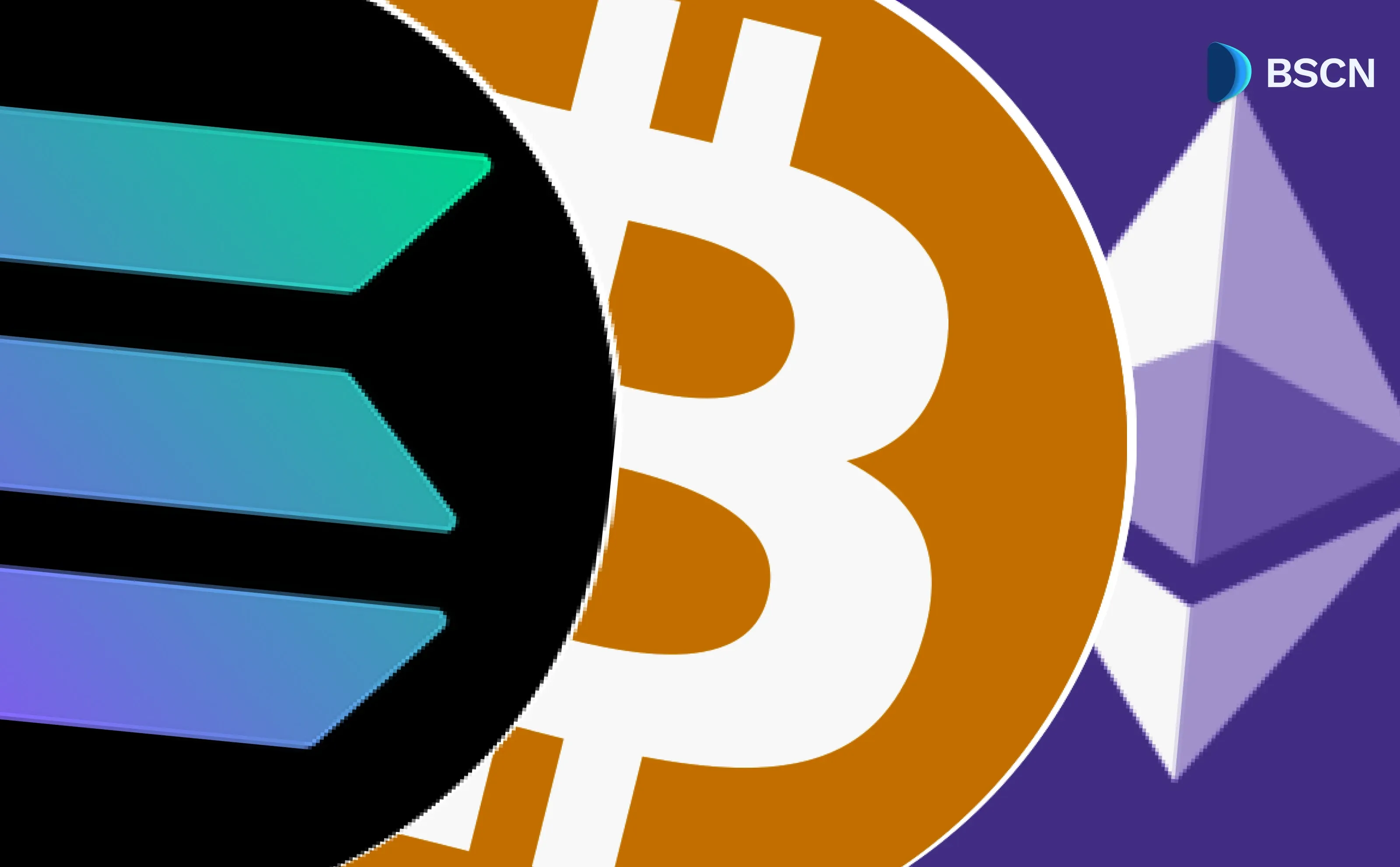Research
(Advertisement)
What’s Next for BNB Chain? Exploring the 2025-2026 Roadmap
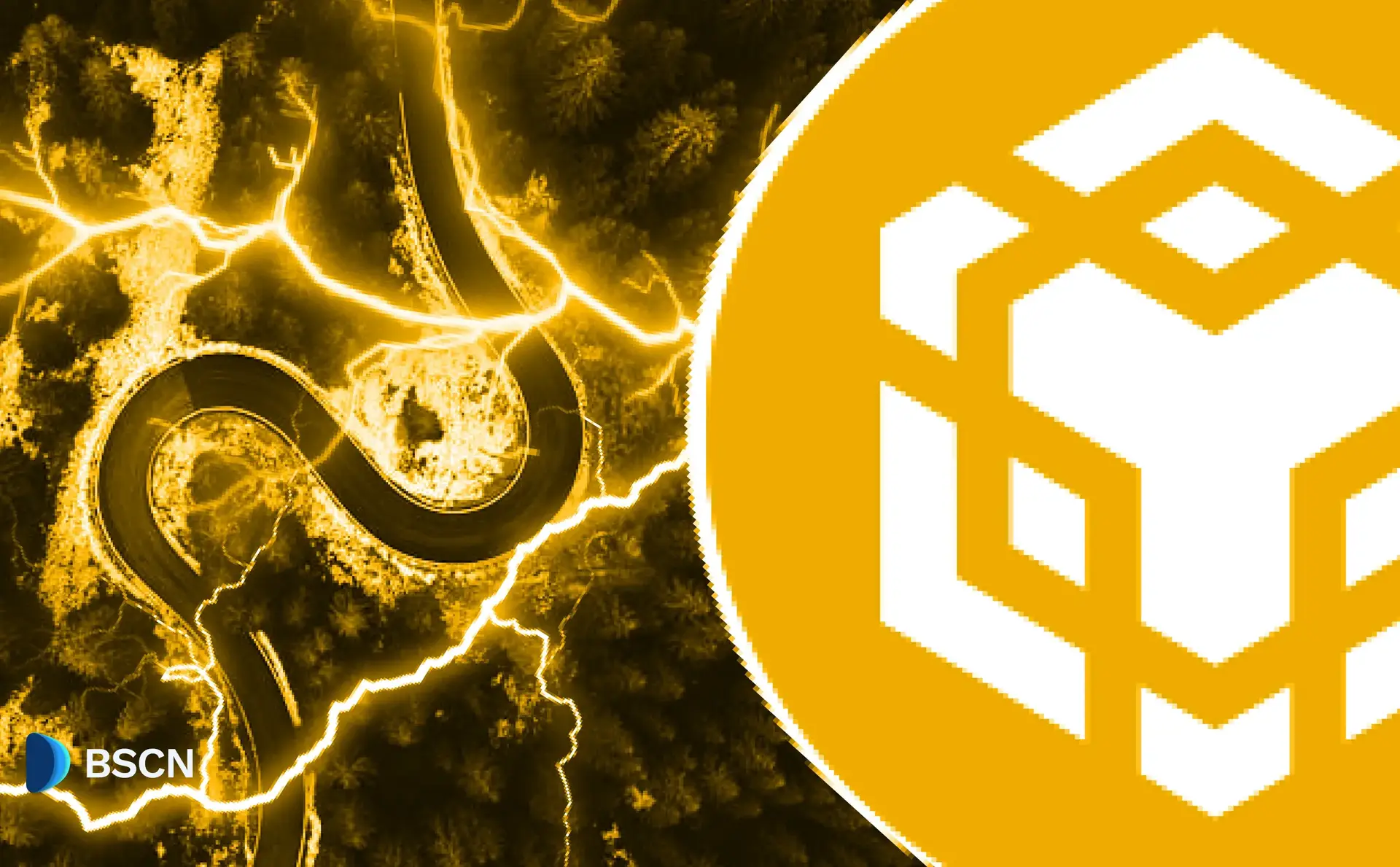
BNB Chain’s roadmap highlights performance, security, and decentralization updates aimed at supporting large-scale Web3 applications.
Miracle Nwokwu
July 18, 2025
(Advertisement)
Table of Contents
BNB Chain is charting an ambitious path for 2025 and 2026. With a focus on blending the efficiency of centralized exchanges with the autonomy of blockchain technology, the ecosystem is undergoing significant upgrades. The new roadmap emphasizes faster transactions, lower costs, and enhanced privacy while maintaining its commitment to user empowerment. This article delves into the specifics of these plans, offering a clear view of what lies ahead.
Notably, BNB Chain recently introduced a bonding curve-based Token Generation Event (TGE) model for Binance Wallet users, streamlining token launches. Additionally, the ecosystem received a financial boost through YZi Labs’ support for a new U.S.-listed BNB treasury company, the BNB Reserve Company, aimed at expanding investor access. These developments set the stage for a transformative period.
Achievements in 2025: A Strong Foundation
In the first half of 2025, BNB Chain made strides in improving its infrastructure. Through two major hard forks, Lorentz and Maxwell, the network reduced block times from 3 seconds to 0.75 seconds and transaction finality from 7.5 seconds to 1.875 seconds. These upgrades doubled network bandwidth to 100 million gas per second, enabling the chain to handle 12.4 million daily transactions and a peak of 17.6 million in a single day, with an average daily trading volume of $9.3 billion. Gas fees dropped to a median of $0.01, making interactions cost-effective even during high-traffic periods. The Goodwill Alliance’s efforts also cut malicious Miner Extractable Value (MEV) attacks by 95%, enhancing fairness for users. These changes reflect BNB Chain’s focus on creating a scalable, affordable, and secure platform.
Scaling Up in Late 2025: Handling High-Volume Activity
For the remainder of 2025, BNB Chain aims to scale its infrastructure to support growing demand. A key goal is increasing the block gas limit to 1 billion, a tenfold jump from the current capacity. This upgrade is designed to accommodate up to 5,000 decentralized exchange (DEX) swaps per second, ensuring the network can manage high-volume activities like trading and app interactions without delays. To achieve this, BNB Chain is implementing several technical enhancements:
Rust-Based Client for Enhanced Performance
A new Rust-based client, built on Ethereum’s Reth framework, will replace older infrastructure. This multi-threaded client optimizes memory usage and accelerates node synchronization, laying the groundwork for 10–20 times greater throughput. It’s designed to handle the demands of large-scale applications, from DeFi platforms to Web3 games.
Super Instructions for Smarter Contracts
BNB Chain is introducing “Super Instructions,” which combine multiple smart contract operations into single, optimized actions. This reduces bottlenecks in complex transactions, such as DEX swaps or launchpad events, making them faster and more efficient. Developers stand to benefit from streamlined contract execution, which could spur innovation across the ecosystem.
StateDB Optimization for Faster Data Access
The StateDB, a critical layer bridging the Ethereum Virtual Machine (EVM) and storage, is being upgraded to reduce duplicated state access. With approximately 30% of BNB Chain’s execution time currently spent on state access, these optimizations aim to speed up data retrieval and support larger datasets, further boosting throughput.
These changes are practical steps toward ensuring BNB Chain can handle the increasing complexity of decentralized applications while maintaining speed and affordability.
The 2026 Vision: A Next-Generation Blockchain
Looking to 2026, BNB Chain is planning a comprehensive overhaul of its architecture to rival centralized platforms like Nasdaq. The goal is to deliver a blockchain that matches the speed and simplicity of centralized exchanges while preserving decentralization, self-custody, and open access. Key features include:
Near-Instant Transactions
BNB Chain targets transaction confirmations under 150 milliseconds, a significant leap from the current 1.875 seconds. This near-instant finality aims to make onchain interactions—whether trading, swapping, or app usage—as seamless as using a centralized platform.
High-Performance Virtual Machine
A new, upgradable virtual machine will enable parallel execution, allowing the chain to process over 20,000 transactions per second for complex operations like swaps or yield strategies. This machine will move beyond the limitations of the current EVM, supporting next-generation architectures or custom virtual machines tailored for high-performance applications.
Native Privacy Features
Privacy is a cornerstone of the 2026 roadmap. BNB Chain plans to introduce native privacy for token transfers and smart contract calls, with compliance-friendly confidentiality built into the protocol. This approach aims to balance user privacy with regulatory requirements, addressing growing concerns about data monitoring.
Web2-Like User Experience
To make blockchain accessible to a broader audience, BNB Chain is prioritizing intuitive interfaces. Features like multi-signature wallets, key rotation, and seamless authentication will mirror the simplicity of Web2 applications while maintaining Web3’s emphasis on user control. This could lower the barrier to entry for non-technical users.
Community Collaboration and Ecosystem Growth
BNB Chain emphasizes that its future relies on collaboration. The project has issued a call for proposals from developers, researchers, and partners to shape its next-generation Layer 1 (L1) blockchain. This open approach aligns with its community-driven ethos, which has been central since its origins as a Cosmos-based DEX chain. The ecosystem’s growth is evident in its 486 million unique addresses and $5.5 billion in Total Value Locked (TVL) on BNB Smart Chain (BSC) by the end of 2024, alongside opBNB’s 4.7 million daily active users. Initiatives like the Launch-as-a-Service (LaaS) program and BNB Incubation Alliance further support developers, offering tools, funding, and mentorship to drive innovation.
BNB Chain’s roadmap for 2025 and 2026 reflects a deliberate effort to bridge centralized and decentralized systems. By prioritizing speed, cost, and privacy, the ecosystem aims to support over 200 million users and compete with traditional financial platforms. The call for community collaboration highlights a shared journey, one that could redefine decentralized finance if executed well.
Read Next...
Disclaimer
Disclaimer: The views expressed in this article do not necessarily represent the views of BSCN. The information provided in this article is for educational and entertainment purposes only and should not be construed as investment advice, or advice of any kind. BSCN assumes no responsibility for any investment decisions made based on the information provided in this article. If you believe that the article should be amended, please reach out to the BSCN team by emailing [email protected].
Author
 Miracle Nwokwu
Miracle NwokwuMiracle holds undergraduate degrees in French and Marketing Analytics and has been researching cryptocurrency and blockchain technology since 2016. He specializes in technical analysis and on-chain analytics, and has taught formal technical analysis courses. His written work has been featured across multiple crypto publications including The Capital, CryptoTVPlus, and Bitville, in addition to BSCN.
(Advertisement)
Latest News
(Advertisement)
Crypto Project & Token Reviews
Project & Token Reviews
Comprehensive reviews of crypto's most interesting projects and assets
Learn about the hottest projects & tokens
Latest Crypto News
Get up to date with the latest crypto news stories and events
